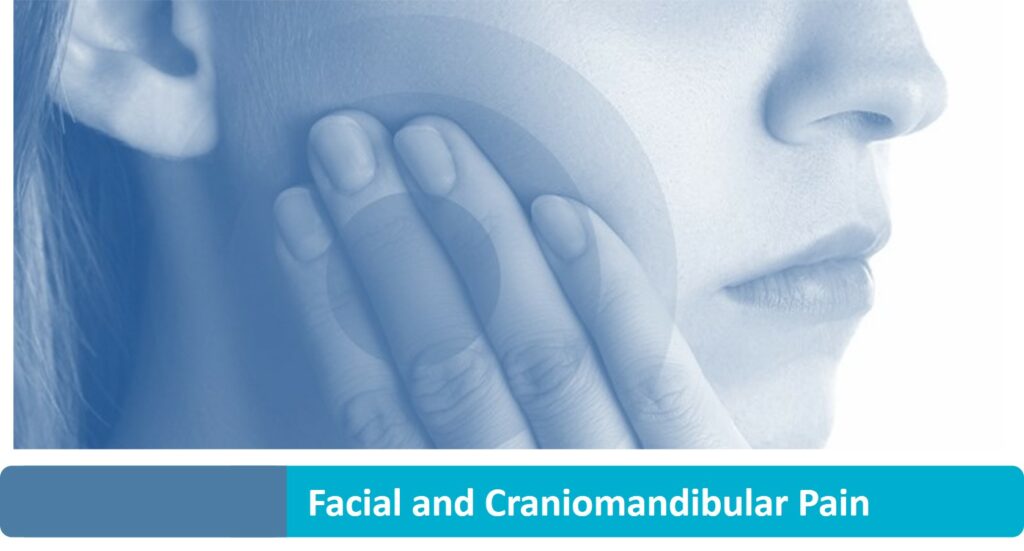
Mouth and facial pain. Arthritis-temporomandibular
Orofacial and temporomandibular pain.
What is Orofacial pain
70% of the pain that occurs in the facial sphere is related to orofacial pain.
And once the buccal aspect is ruled out, the vast majority of pain in these areas has to do with the temporomandibular joint and surrounding muscles.
But there are also neuralgic pains, such as trigeminal neuralgia; neuropathic pains, such as burning mouth or phantom tooth syndrome; and primary headaches, such as migraines and cluster headaches.
Any of these pathologies can be devastating and often these oral-facial pains, not due to any lesion that justifies them, are difficult to differentiate from pulp pain due to necrosis or irreversible pulpitis
What is temporomandibular arthritis?
Often the way in which the upper teeth relate to the lower teeth is a conflict for other more delicate structures; one of the structures that can suffer is the temporomandibular joint, which is the one that engages the jaw with the skull.
Thus, joint inflammation, sprains and muscle pain in the face can be triggered with reflex pain in other structures that are healthy, such as earache, headache or retroocular pain.
Clicking in the jaw joints, chewing difficulties, headaches and pain in the ear region, missing teeth, etc. can be premonitory signs and symptoms of temporomandibular disorders.
Intense clenching or grinding of the teeth (bruxism) is usually a determining factor in these phenomena, since it is the genesis of a mechanical overload with an intense capacity for injury, both articular and muscular.
Bruxism can be predominantly nocturnal and often goes unnoticed by the patient, but over the years it can cause severe pain.
There seems to be a close relationship between intense jaw clenching, anxiety and continuous alertness, thus closing the stress-alertness-anxiety-muscle tension-pain circle.
